Group Leader: Ana Belen Sainz
The broad aim of the Foundational Underpinnings of Quantum Technologies Group is to understand the quantum manifestation of nonclassical phenomena, and how harness such nonclassicality for information processing. This is tackled from a novel perspective, combining an operational vision with the process-theoretic framework.
Activity
Specific goals of the group include:
– Formulate candidate theories that supersede quantum. In particular, explore which possible
deviations of quantum theory are still sensible.
– Study causality within and beyond quantum theory, from a process-theoretic perspective.
– Characterise the quantum manifestation of nonclassical phenomena. The main focus will be on Bell nonlocality, contextuality, steering, and correlations in causal networks.
– Develop resource theories to address quantification.
– Identify current and new forms of nonclassicality as resources for quantum technologies.
– Assess nonclassical speed-up for computation, within and beyond quantum theory.
– Contribute to the development of a systematic approach to quantum program optimisation based on the zx-calculus, by further developing the foundations of the latter.
Keywords: quantum nonlocality, quantum contextuality, steering, causality, Bell’s theorem, process theories, generalised probabilistic theories, quantum computational speedup, quantum networks, resource theories, post-quantum theories, post-quantum nonclassicality, zx-calculus.
Group members
Get to know the people behind ICTQT.
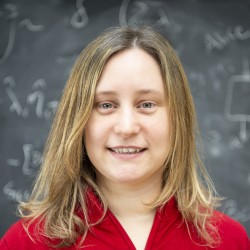
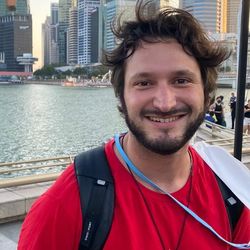
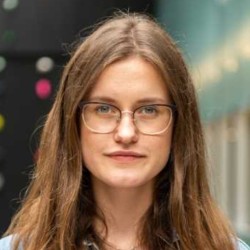
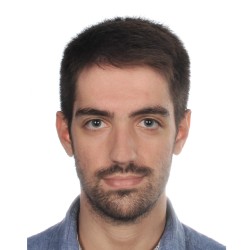
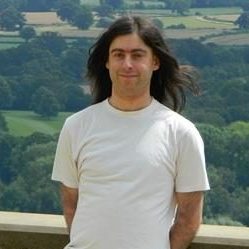
Former members
Beata Zjawin (PhD student 2020-2024), David Schmidt (Post-doc 2021-2024), Jan Głowacki (Post-doc 2023-2024), Robin Saunders (student 2021-2024), Paulo Cavalcanti (PhD student 2019-2024), Victoria J Wright (post-doc in 2019-2020), Marcin Karczewski (post-doc in 2020-2023)